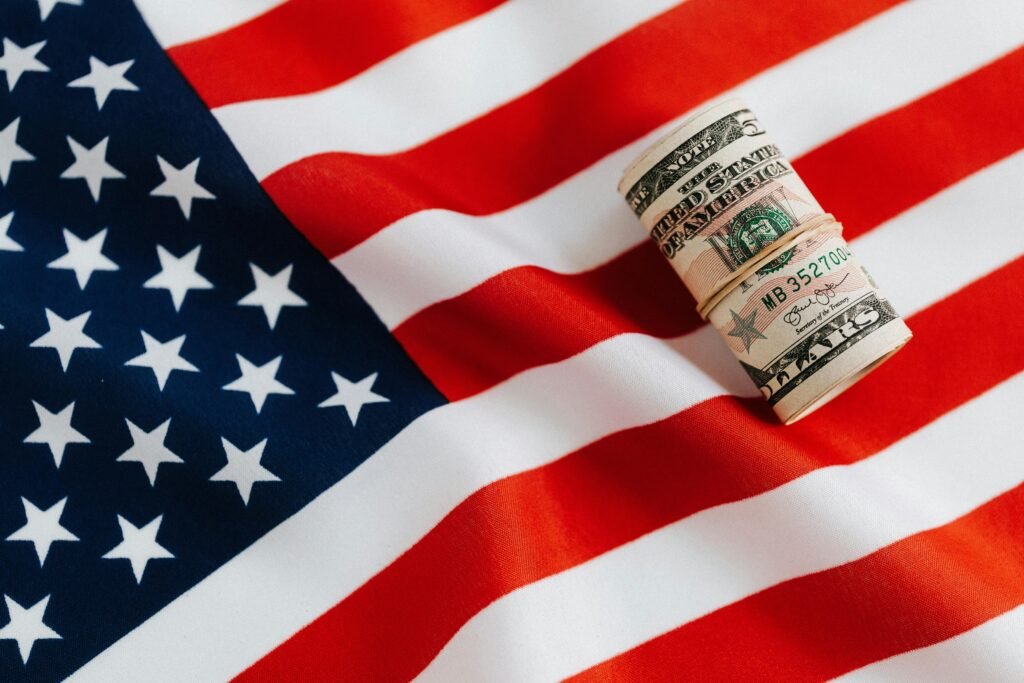
On September 19, 2024, the U.S. Federal Reserve surprised markets by cutting interest rates by 50 basis points (bps) for the first time in four years. This move was made in response to slowing economic growth and concerns about a potential recession in the U.S. economy. With this decision, the Fed aims to stimulate borrowing and investment, hoping to boost economic activity.
This rate cut has significant implications not only for the U.S. but also for global markets, including India. In this article, we’ll explore how this decision may affect interest rates and the broader economy in India.
Why Did the Fed Cut Rates?
The Federal Reserve decided to cut rates to support the slowing U.S. economy. Economic indicators, such as declining industrial output and rising unemployment claims, have signaled that the economy is under pressure. With inflation relatively under control, the Fed found room to lower borrowing costs to encourage spending and investment. This rate cut also aims to keep the U.S. from slipping into a deeper economic slowdown.
How Does the Fed Rate Cut Affect India?
India, being an emerging market, is highly sensitive to changes in U.S. monetary policy. The Fed’s rate cut could influence India’s financial markets, currency, and interest rates. Here’s how:
- Impact on Foreign Capital Flows: When the Fed cuts rates, it often leads to a weaker U.S. dollar as investors seek higher returns in other markets. This could result in increased foreign capital inflows into India, especially into its equity and bond markets. A surge in foreign investments could strengthen the Indian rupee and lead to a rally in stock markets.
- Effect on Indian Interest Rates: The Reserve Bank of India (RBI) closely monitors global interest rate movements. With the Fed cutting rates, the RBI may also consider easing its monetary policy to support domestic economic growth. If the RBI cuts rates, it would lower borrowing costs for businesses and consumers, potentially boosting spending and investment in India.
- Impact on the Indian Rupee: A rate cut in the U.S. could lead to a depreciation of the U.S. dollar. This may strengthen the Indian rupee in the short term. A stronger rupee reduces the cost of imports, which is beneficial for India’s economy, especially as the country imports a large portion of its energy needs.
How Will RBI Respond?
The RBI has already been in an accommodative stance, aiming to support growth while managing inflation. With inflation in India under control and growth slowing, the Fed’s rate cut may provide the RBI with additional room to cut rates in its next monetary policy meeting. However, the RBI will also consider domestic factors, such as inflation expectations and fiscal pressures, before making any decisions.
In the past, the RBI has followed global monetary trends closely. If global central banks, including the Fed, continue cutting rates, the RBI might lower rates to stay competitive and encourage foreign investment in India.
Impact on Borrowers and Savers
For borrowers in India, a potential RBI rate cut would mean cheaper loans. Home loans, personal loans, and business loans would become more affordable, encouraging borrowing and investment. This could help revive sectors like real estate and automobile sales, which have been struggling in recent years.
However, for savers, a rate cut would result in lower returns on fixed deposits and savings accounts. Investors looking for higher returns may shift their focus towards riskier assets like equities or mutual funds.
Global Impact
A Fed rate cut often signals global monetary easing. Other central banks may also follow suit, cutting their rates to stimulate growth. This could create a favorable environment for global economic recovery, though it also increases the risk of inflation down the line.

